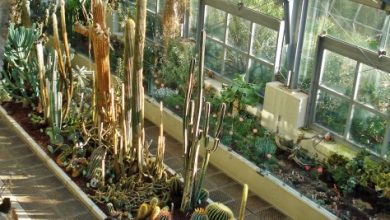How do I know if my plant lacks light?
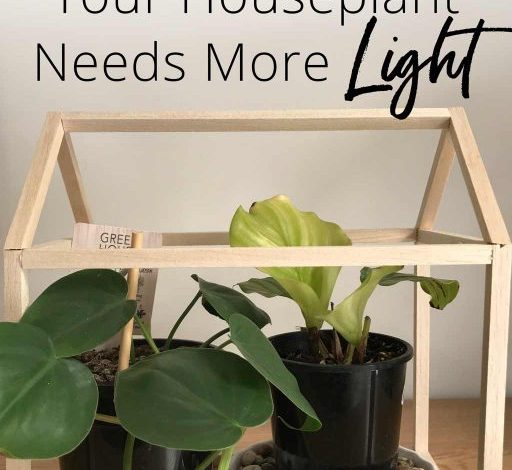
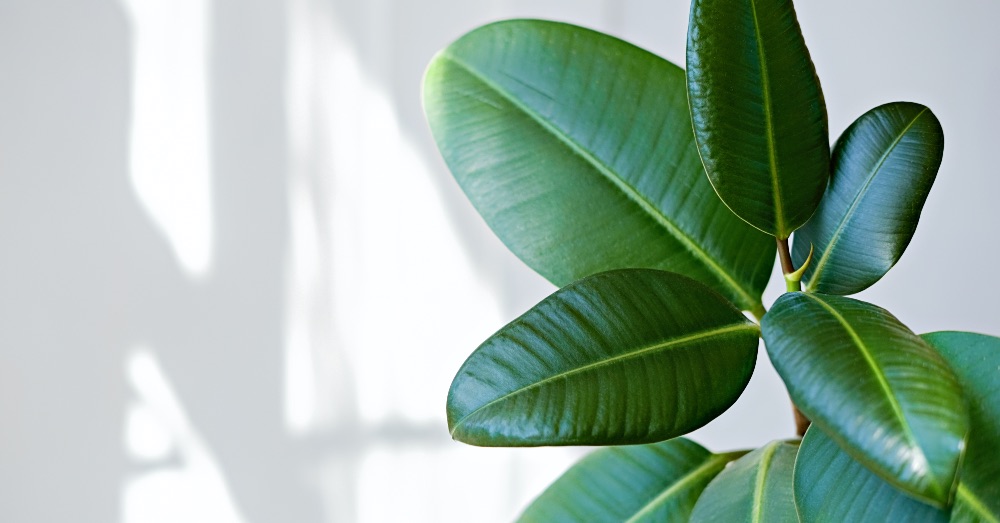
How to know if my plant lacks light is a common question among gardening lovers. As important as irrigation or nutrients are, light is the key to the development and survival of any plant being. It is necessary for photosynthesis: the vital process for the well-being and health of any of them. It is useless for us to know which land is best for plants or to be rigorous with the fertilizer pattern. If they don’t get the natural sunlight they need, they won’t be able to grow, develop, or even stay alive.
When it comes to luminosity, you can’t generalize. Each plant species has a specific demand for it, so it is vital to thoroughly understand the needs of each plant and offer them what they demand. And we say vital, because a light defect is one of the main reasons for the appearance of disease symptoms in plants. A way they have of letting us know that we are making a mistake in their cultivation and that, on occasion, they can mean the end of it.
Due to its importance, let’s see in detail how to know if a plant lacks light. But beware: because the defect is as dangerous as the consequences of an excess. Some symptoms that should also be known to correct the exposure of our plant to the sun.
SYMPTOMS THAT A PLANT IS LACK OF LIGHT
Before knowing how to identify if a plant lacks light, it is important to take something into account. In nature, plants live in harmony in their reference ecosystems. They grow in certain places naturally, largely because the conditions are right for a certain seed to germinate and grow. In this wild context, the location, the type of climate, the environmental humidity or the solar incidence are what determine and, at the same time, respond to the needs of that naturally determined plant.
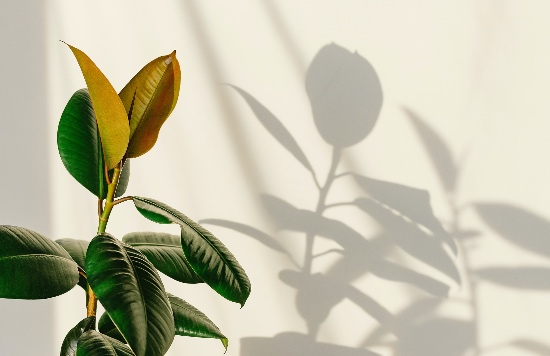
It is essential to understand that growing plants at home is substantially different, since we will have to artificially recreate natural conditions. Something especially delicate when it comes to indoor plants. A category of plants that we grow indoors for a fundamental reason: the vast majority are plants that come from warm climates with temperate temperatures and very defined solar conditions. And, although they are the ones that usually present the symptoms of lack of light, they are not the only ones: these alarm signals also occur among outdoor plants that do not have the location they need.
Whether they are inside or outside the house, if you have the doubt of how to know if a plant is lacking light, here are some indications that will make us quickly realize:
1. Tilts its growth towards the light side, the classic symptom
It is, without a doubt, the easiest way to detect that a plant lacks light. It is easily identified, since it directs its growth towards a certain side, usually the one with the most light. It is the way you have to get the light you need.
2. It stretches, one of the usual signs that a plant lacks light
It’s a phenomenon known as etiolation, and although it’s popular with succulents and succulents, it doesn’t just occur on succulents. The plant lengthens its stems, usually vertically, seeking the light it needs. And although we may not give it more importance than the aesthetic aspect, be very careful: when plants are etiolated, they are not likely to survive much longer.
Although estiolation usually affects all the stems of the plant, sometimes only one or a couple of them stretch in search of light.
3. It has stopped its growth, it does not bloom or its flowers do not open
Another of the usual clues that a plant lacks light. Although perhaps the fact that it does not develop can go unnoticed, we will know that there is an excess of light by observing its flowering. Whether there is no trace of it or if it creates the flower buds but they wither before they open, it is telling us in its own way that it needs more light.
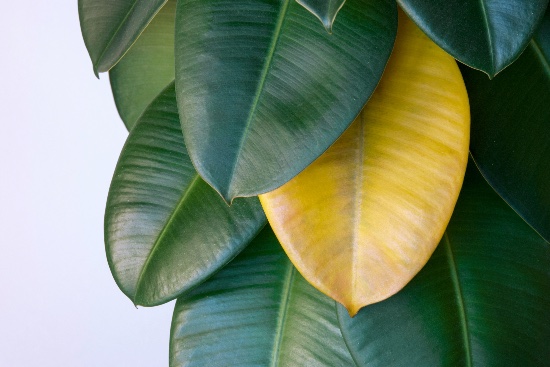
To make sure that it is a lack of light, it is essential to rule out another crop defect with similar signs: excess irrigation.
4. Weak stems without their usual consistency, another clear sign that a plant lacks light
If we see brittle, bad-looking, weak or thin stems, it is clear: our plant is crying out for a change of location. If this is the case and depending on the type of plant, we will also have to assess whether the plant is suffering from excessive watering or has poor drainage. In some plant species, waterlogging also manifests itself in this way.
5. Abnormal leaf growth
Very common but, despite this, it is usually a reason for surprise. When a plant creates new leaves that are smaller than usual, it is usually another symptom of a light defect.
6. Yellow leaves, another crucial clue
It is, without a doubt, the clearest manifestation that a plant lacks light. In most cases, yellow leaves go hand in hand with weakened stems. Beyond its coloration, two more details help to be completely sure that it is a lack of luminosity: that the leaves are not the lower ones of the plant, which can turn yellow when they have reached the end of their natural cycle; and that, in addition, they come off.
If in the previous points we made points, with regard to this unique coloration we have to make them even more. And the reason is simple: in certain plant species, this change in the leaves can respond to other reasons. You only have to see why my monstera has yellow leaves to understand that, in certain plants, there are more scenarios to consider.
7. Loss of color and drawing on the leaves, the last clue to consider
The last aspect that will tell us if a plant lacks light, and it is easy to identify in plants characterized precisely by the natural design of their leaves. If we observe that the leaves change their shade of green, they usually darken; or, in the case of those that have other tones, these disappear, we will be facing a lighting defect.
And it makes perfect sense: plants with leaf colors other than green have specific light needs. It is thanks to it and, as a consequence, to photosynthesis that our plant can maintain that coloration. If the light it receives is ineffective, it will not be able to generate those pigments that are not green.
And knowing the different manifestations of the lack of light in plants, it only remains to talk about the solution. And it couldn’t be simpler: change its location.

![Photo of Reproduction by Cuttings: What is it? How does it work? [Guide]](https://www.complete-gardening.com/wp-content/uploads/2022/08/reproduction-by-cuttings-what-is-it-how-does-it-work-guide-390x220.png)
![Photo of Phalaenopsis Orchid Care: [Soil, Humidity, Pruning and Problems]](https://www.complete-gardening.com/wp-content/uploads/2022/08/phalaenopsis-orchid-care-soil-humidity-pruning-and-problems-390x220.jpg)
